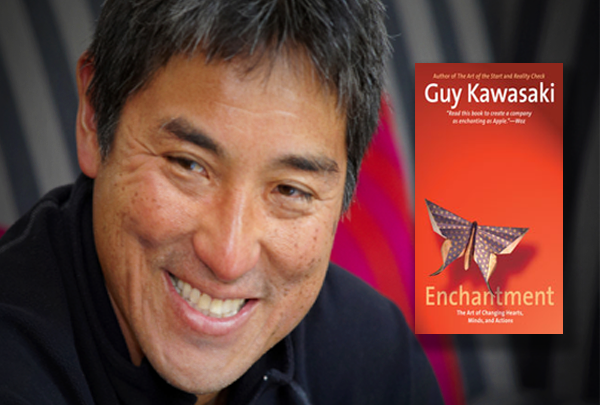
It was a great day in Denver, but it was an even better day for the people in Mongolia. Thousands of miles away from the capital, Ulaanbaatar, in a ballroom in downtown Denver, 1,800 people came to support and provide hope to a population of people they will probably never meet.
In its seventh-annual fundraiser to increase awareness of global healthcare needs and support, Project C.U.R.E. hosted the First Lady of Mongolia, Mrs. Bolormaa Khajidsuren, to raise $3 million in medical supplies and equipment for the countries hospitals and clinics. “It is about unity and cooperation to achieve great goals and I believe that is what we are doing here,” said Khajidsuren.
And unified they were. In addition to Project C.U.R.E.’s partnership with the Mongolian government and its leaders, Rio Tinto, an international mining company, provided the underwriting sponsorship for the entire luncheon to ensure all of the money raised by attendees would go directly to the Mongolian aid effort. The corporate donation was a huge show of support to the citizens of Mongolia and Project C.U.R.E. who was able to concentrate its fundraising efforts solely towards medical relief.
“Project C.U.R.E.’s work to meet the world’s and Mongolia’s healthcare needs is consistent with Rio Tinto’s commitment to create sustainable benefits in the global communities where we live and work,” said Cameron McRae Rio Tinto Country Director in Mongolia and Oyu Tolgoi copper-mine CEO.
Rio Tinto’s, Oyu Tolgoi open-pit and underground gold-copper ore mining project is located in the Gobi Desert of southern Mongolia. The company estimates that the mine revenue will make up about one-third of Mongolia’s economy by 2020 helping to increase transportation, construction, retail and wholesale trade as well as manufacturing infrastructure.
“Rio Tinto’s support and community outreach initiatives matched perfectly with our goals. It only seemed right to work with them,” said Dr. Douglas Jackson, president and CEO of Project C.U.R.E., “If the people of Mongolia aren’t healthy they can’t achieve success. I want to see them be successful.”
Her Excellency, Mrs Bolormaa expressed her gratitude to both Rio Tinto and Project C.U.R.E. for their generous monetary and in-kind support. But it was Project C.U.R.E.’s founder Dr. James Jackson and his wife who she thanked for their tireless work and years of support for Mrs. Bolormaa's country and communities. “Mongolia needs support for its social settings including and mainly in its healthcare sector,” said Bolormaa, “The donations will be mainly spent on addressing medical and health needs in rural Mongolia, I would like to extend my earnest gratitude to Project C.U.R.E. and Rio Tinto for this support.”






















